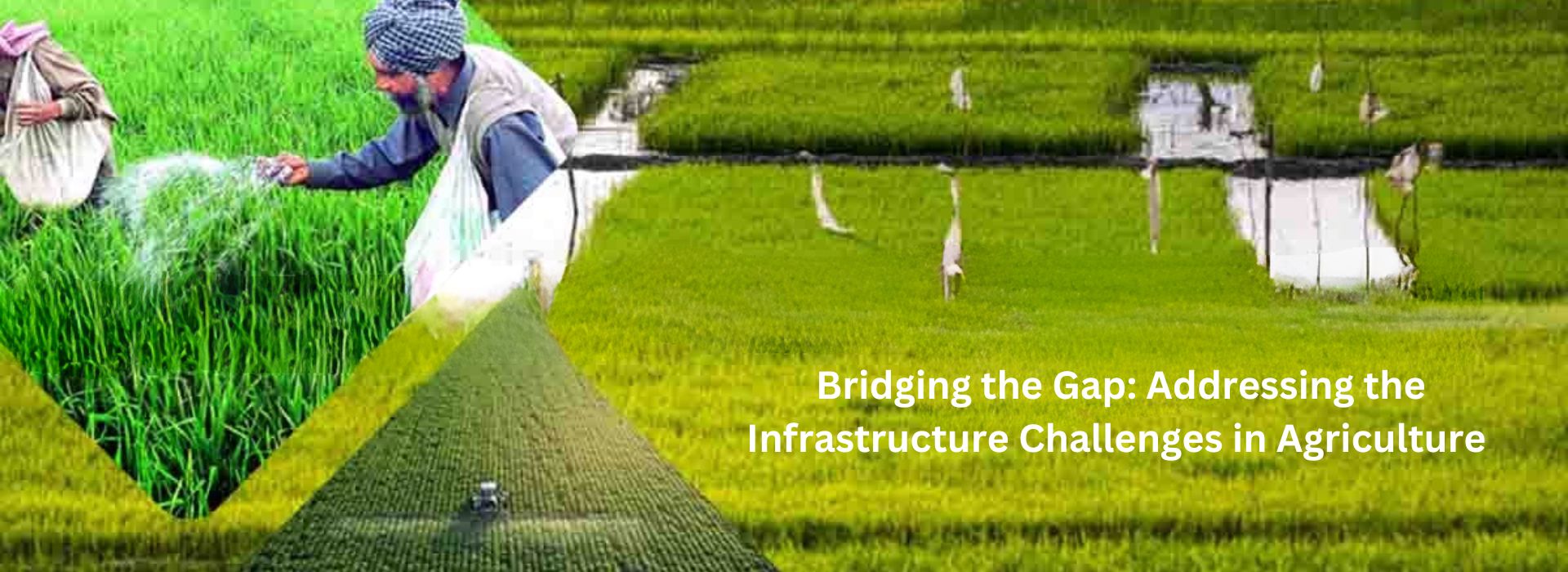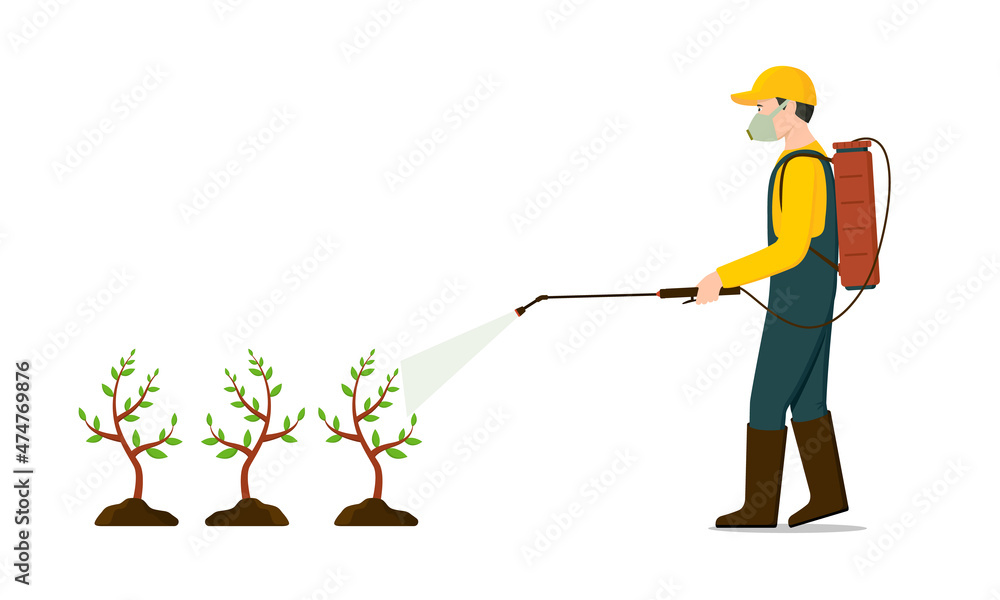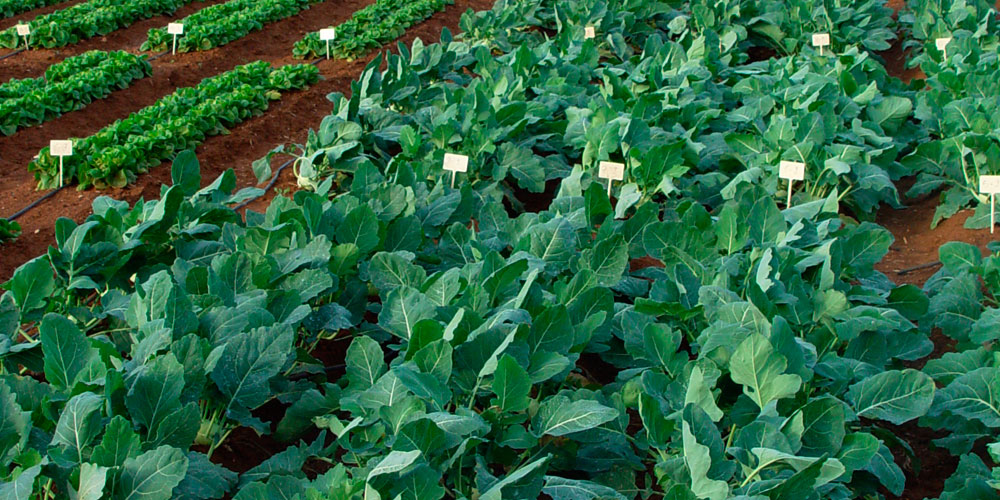Bridging the Gap: Addressing the Infrastructure Challenges in Agriculture
January 21, 2025Bridging
the Gap: Addressing the Infrastructure Challenges in Agriculture
Agriculture
is the backbone of many economies, especially in countries like India, where a
significant portion of the population depends on farming for livelihood.
However, despite its importance, the agriculture sector often suffers from a
lack of robust infrastructure, which hampers productivity, increases wastage,
and limits profitability for farmers.
In
this blog, we will explore the critical infrastructure gaps in agriculture,
their impact, and potential solutions to create a sustainable and efficient
agricultural ecosystem.
The
Current State of Agricultural Infrastructure
Agricultural
infrastructure includes all the facilities, services, and structures that
support farming activities, such as irrigation systems, storage facilities,
transportation networks, and market access. Unfortunately, in many regions,
this infrastructure is either inadequate, outdated, or entirely absent.
Key
Challenges
- Inadequate
Irrigation Systems
- Over-reliance
on rainfall makes agriculture highly unpredictable.
- Lack of
modern irrigation systems limits crop diversification and year-round
farming.
- Insufficient
Storage Facilities
- Poor
storage infrastructure leads to post-harvest losses of up to 20-30% in
some regions.
- Perishable
goods like fruits and vegetables are particularly vulnerable.
- Poor
Transportation Networks
- Bad roads
and lack of connectivity increase the cost and time of transporting
produce to markets.
- Remote
areas are often excluded from major market hubs.
- Limited
Access to Technology
- Farmers in
rural areas lack access to modern farming equipment and digital tools.
- Low
awareness about precision agriculture and sustainable practices further
exacerbates the issue.
- Market
Linkages
- Farmers
face challenges in directly connecting with buyers due to the dominance
of intermediaries.
- Lack of
organized marketplaces results in low profits for producers.
The
Impact of Infrastructure Deficiencies
- Low
Productivity
Inadequate irrigation and outdated farming methods reduce crop yields and discourage farmers from experimenting with high-yield or commercial crops. - High
Post-Harvest Losses
The absence of cold storage and proper handling facilities results in significant wastage, especially for perishable crops. - Farmer
Distress
Poor infrastructure increases input costs and reduces income, pushing many farmers into debt and financial instability. - Hindered
Exports
Lack of quality control and proper storage facilities makes it challenging to meet international standards, limiting export opportunities. - Environmental
Degradation
Over-reliance on traditional practices due to limited access to modern techniques leads to inefficient resource use and environmental damage.
Bridging
the Gap: Solutions for Improved Agricultural Infrastructure
1.
Upgrading Irrigation Systems
- Invest in
micro-irrigation techniques such as drip and sprinkler systems to conserve
water and ensure year-round farming.
- Develop
rainwater harvesting systems in drought-prone areas.
2.
Enhancing Storage and Cold Chain Infrastructure
- Build
decentralized storage units and cold storage facilities in rural areas.
- Encourage
public-private partnerships (PPPs) to invest in modern warehousing
solutions.
3.
Improving Transportation Networks
- Develop
rural road infrastructure to connect remote villages to urban markets.
- Promote rail
and freight systems dedicated to agricultural produce for faster and
cost-effective transport.
4.
Leveraging Technology
- Introduce
affordable access to digital tools and modern farming equipment.
- Provide
training and support for farmers to adopt precision agriculture methods.
5.
Strengthening Market Linkages
- Promote
farmer-producer organizations (FPOs) to help farmers collectively market
their produce.
- Develop
digital platforms to enable direct connections between farmers and buyers,
bypassing intermediaries.
6.
Government and Policy Support
- Implement
policies that prioritize agricultural infrastructure development.
- Increase
financial support through subsidies, grants, and low-interest loans for
infrastructure projects.
Success
Stories: Learning from Best Practices
- Israel’s
Advanced Irrigation Systems:
Israel has revolutionized agriculture in arid conditions by implementing
cutting-edge irrigation technologies, setting a benchmark for
water-efficient farming.
- India’s
e-NAM Initiative: The
National Agriculture Market (e-NAM) platform has enhanced market access
for Indian farmers, enabling better price discovery and reducing
exploitation by intermediaries.
- Kenya’s Cold
Chain Development: With
international support, Kenya has developed cold chain systems that
significantly reduced post-harvest losses and boosted exports.
The
Road Ahead
Closing
the infrastructure gap in agriculture requires a multi-stakeholder approach
involving governments, private sector players, and farmers. By investing in
modern infrastructure, promoting innovative practices, and ensuring inclusive
policies, we can transform agriculture into a sustainable, profitable, and
globally competitive sector.
Agriculture
is more than an industry—it’s a lifeline for millions. Bridging the
infrastructure gap is not just an economic necessity but also a step toward
ensuring food security and improving the livelihoods of farmers worldwide.
What
are your thoughts on improving agricultural infrastructure? Share your ideas in
the comments below!
At krishibazaar.in, you can find and buy various agricultural products. For agricultural guidance on selecting the most suitable products for your crops, please contact or WhatsApp at +917887880887






Guest reviews
No reviews found for this Blog